An internationally recognized expert in high-energy gamma-ray astronomy and galactic cosmic rays, Petra Huentemeyer serves as a vice-spokesperson for a globally collaborative observatory and mentors her students to seek their own bright futures. The experimental astrophysicist and distinguished professor of physics is the 2023 recipient of the Michigan Technological University Research Award.
Huentemeyer views the career path she has followed as a natural if not always easy progression. Fueled by a persistent curiosity to probe the unknown origins of the universe, her work has led her to study and conduct research at the world’s leading institutions in her field.
The researcher, who enjoys watching movies in her leisure time, said summer 2023’s blockbuster biopic “Oppenheimer” sparked reflections on how she chose her discipline. “In the context of ‘Oppenheimer,’ I thought about how I actually started in the field of physics coming out of high school,” she said. “I grew up in the Cold War era. In 1991 I was watching a German miniseries, called the “End of Innocence,” about the competition with the Manhattan Project and the work of Otto Hahn.”
Hahn won the Nobel Prize for chemistry in 1944 and is credited as the father of nuclear fission. For more than 30 years he worked with Lise Meitner — a figure only briefly touched on in the TV program who nonetheless made an impression on a teenage Huentemeyer. “She was one of the first women in physics to earn a Ph.D. There were a lot of people who thought she should have also gotten the award,” said Huentemeyer. “I was like, ‘Wow, this is interesting. This was really impactful on society.’ That was a tipping point. I knew that I wanted to try physics, even though it was a little daunting.”
"Petra is an internationally recognized leader in her field of research with a clear objective and a vision for the future. Her contributions to the enormous success of all-sky TeV gamma- observatories are truly remarkable."
As the director of Michigan Tech’s Earth, Planetary, and Space Sciences Institute, Huentemeyer helped to found and is the former U.S. spokesperson for the High Altitude Water Cherenkov (HAWC) gamma-ray observatory near Puebla, Mexico. She is vice-spokesperson for the multinational Southern Wide-field Gamma-ray Observatory (SWGO). Currently under development, it will be the first instrument of its kind in the southern hemisphere, and like HAWC, it will use water Cherenkov detectors for ground-level particle detection. One of Huentemeyer’s most important missions is advocating for the updated instrumentation and expanded capacity at higher altitudes that is essential to probe some of the most extreme environments in the known universe while seeking further discoveries.
"Visible matter is 5% or so of the universe — so that means we don’t know 95%."
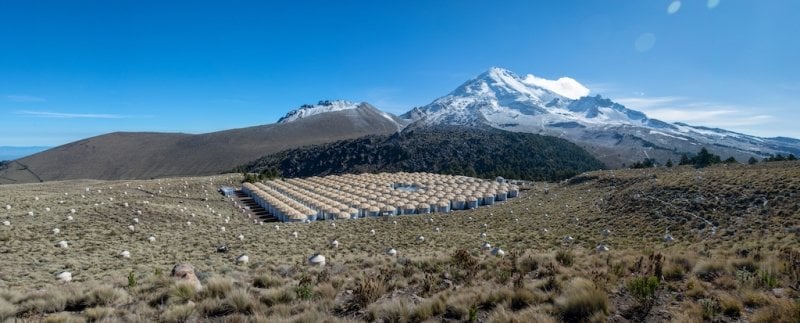
Among the top three cited authors at Michigan Tech, Huentemeyer participated in a paper on multimessenger observations of a binary neutron star merger that has been cited more than 3,200 times.
Grasping concepts that seem impossible to understand requires both curiosity and persistence, Huentemeyer said. Spoiler alert: There’s a scene in “Oppenheimer” that’s reminiscent of how she met the challenge.
“In the movie, they show how quantum mechanics was a new thing that had just come out of Europe. There were skeptics everywhere. Oppenheimer came back from his time in Europe to teach quantum mechanics at Caltech in 1946. The first day there’s one student in class. He’s all excited that this one student shows up. And then, as it is in movies, they cut to scenes where more and more students show up each time. That reminded me of me as a student,” she said. “I couldn’t understand it. It was so contrary to anything I had learned previously about physics. Everything was deterministic. Not saying quantum mechanics is not at all deterministic, but it has a probabilistic aspect to it.”
About the Award
The annual Michigan Tech Research Award sets a high bar for outstanding achievement in sustained research or a single noteworthy breakthrough. Nominations open each spring. The winner receives a plaque and $2,500 cash award.
The more unknowns she discovered, the more certain Huentemeyer became regarding a career path. “I really wanted to dig deeper and do particle physics,” she said. “There were semesters during my undergrad when I was very close to quitting, because it was rough. But I stuck with it.”
Her graduate and postdoctoral research took her to places where pioneers like Oppenheimer also worked and studied, including Los Alamos National Laboratory, which was covertly erected in 1943 for development and testing of the world’s first atom bomb, known as The Gadget. Projects she was involved in include the Milagro Observatory collaboration in New Mexico; the High Resolution Fly’s Eye (HiRes) Experiment in Utah; Fluorescence in Air From Showers (FLASH) Experiment at the national particle accelerator laboratory located at Stanford Linear Accelerator Center (SLAC); and the Omni-Purpose Apparatus at LEP (OPAL) Experiment at CERN in Geneva, Switzerland.
"Maybe solid-state physics would have been more lucrative and provided a clearer path to a career outside academia,” Huentemeyer said. “But I ended up just doing what I wanted to do, which was particle physics and experimental fundamental research.”
Huentemeyer’s students have also become important members of the research community. The postdoctoral researchers and doctoral students she has mentored have taken positions at top-ranked institutions, including NASA’s Marshall and Goddard space flight centers, Los Alamos National Laboratory and the Tsung-Dao Lee Institute at Shanghai Jiao Tong University. Kelci Mohrman, who received a U.S. Department of Energy Award among other honors during her time as an undergraduate student at Tech, went on to pursue a graduate degree at Notre Dame, winning the 2023 Department of Physics and Astronomy Research and Dissertation Award.
"Petra is very deserving of this research award. Her work and that of her students and postdocs has made major advances in the field. She has given many invited talks and been selected by her peers to lead new efforts. MTU is very lucky to have such a great scientist as a professor."
Q&A with Petra Huentemeyer
In her own words, the 2023 Research Award Winner reflects on her research, teaching and service — and how her career trajectory led her to Michigan Tech.
Q: Say you’re in a café or some other place where people strike up conversations. How do you describe your work?
PH: It’s not easy to explain, but let me try. First, I’m a physicist. Then if you were to ask me what I do as a physicist, I may say I’m an astrophysicist and then people get somewhat nervous (laughs). But what I often notice is people tend to think of astrophysicists as maybe more theoretical — people who develop models, and cosmologists — and I’m not. I’m clearly, squarely an experimentalist. I would also tell them that my background is in particle physics. I got my Ph.D. at the University of Hamburg working with a CERN experiment in Switzerland. I moved as a postdoc into a subset of astrophysics called astroparticle physics. I focus on particle acceleration in space. If I had to sum it up in a sentence, I would say that I do experimental fundamental research to learn more about the nature and transport of matter and energy in the universe.
Q: Why does your research matter?
PH: CERN is where the World Wide Web was born. It’s not like the scientists coming
there from all parts of the world said, ‘Oh, let’s invent the World Wide Web.’ It
was that people needed to communicate across the globe and there was one person who
had this idea about having all these servers and pretending they are somewhere else
and they talk to each other. He developed the HTTP (hypertext transfer) protocol in
order to accomplish that: the basis of the World Wide Web. Before, there was the internet
as we know it developed by DARPA (Defense Advanced Research Projects Agency). But the innovation became more used
by physicists and scientists across the globe, and then by everyone else. Physics
research thrives when we talk to one another. That’s how we come up with new ideas.
There’s no way to accomplish our goals without communication. That’s how that happened.
So they didn’t set out to do something that ultimately changed how we all interact.
It was a byproduct.
Similarly, we might wonder whether Otto Hahn, when he was doing experiments in his basement in Berlin with Meitner and others, was thinking about building a nuclear power plant. Maybe they were. But I bet what they really wanted to understand was what the force is that keeps the nucleus together. Their focus was really understanding. The path to understanding is the path to discovery.
Semiconductors are another example leading to applications that some people might find very useful and others find annoying (laughs and points to her laptop and smartphone).
"Physicists are seen as problem-solvers. They have the reputation of trying to go as long as it takes to get an answer. I think fundamental research is a little bit like philosophy — trying to understand how, fundamentally, the universe works. For humankind, it’s important to understand the world around us."
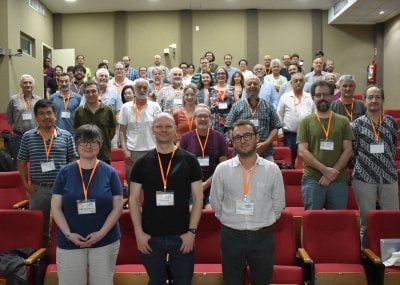
Q: Tell us more about the international observatories you’re involved in founding and maintaining. Why are HAWC and SWGO so important?
PH: Gamma and cosmic rays are everywhere in the universe and we can eventually measure them here on Earth after they interact with its atmosphere, which causes extensive air showers of secondary particles. To increase instrument sensitivity, we want to measure air showers at high altitudes, before too many of the secondary particles are absorbed. The collected particles from cascades are detected in faint flashes of light in water tanks. Catching more of these particles means we have more and better information. Once we’ve collected data from the showers, what we’re really interested in is the energy of the original particles and the direction of the particles — they give us information about extreme energy processes in space.
Q: Why did you come to Michigan Tech?
PH: When this position came up it was shared with different collaborations, including the Milagro, which I was involved in while at Los Alamos. Tech had not been on my radar but I thought it was interesting and looked like a good fit. I knew that professors Brian Fick and David Nitz were in the physics department — they are two of the pioneers in the field of experimental particle astrophysics. There are papers from the 1990s where both of their names are on them along with Jim Cronin, who’s a Nobel Prize winner. We also have Bob Nemiroff, one of the founders of APOD (NASA’s Astronomy Picture of the Day).
Everyone seemed extremely nice and welcoming. I knew there were people I could talk to about my research and they would have good insights. I remember flying in. It was November. It wasn’t great weather, but I could imagine what it would look like in the summer and fall, with all those trees, and I was like ‘Wow, this is beautiful.’
Q: What have you learned from your students? What’s your favorite aspect of teaching?
PH: Teaching helps me to become more precise in what I’m saying. If you’re using all these technical terms you haven’t introduced, students are just looking at you like, ‘What are you talking about?’ Or if you use terms they may know from another context, but that have a very specific meaning in physics.
For me, the rewarding part is when I get feedback from students directly. I really, really like advising students, undergrad as well as graduate, on their research topics. It’s also great when you can tell a colleague about a student who’s really good and they are like, ‘Oh, I need a postdoc.’
"Petra Huentemeyer’s many, varied and valuable contributions to HAWC and now SWGO are well represented in her record of funding on the project. She has been able to maintain constant National Science Foundation support since 2010. Simply, she is doing extremely well. She is also an exemplary mentor to her postdocs, graduate and undergraduate students. I can say this firsthand, as I hired one of her first Ph.D. students, who is now a research assistant professor."
Q: What’s next in your research?
PH: I need to go get a lot of money (laughs). There’s a lot of work ahead for our collaboration to secure funding for SWGO, which will be sited in South America between 10 and 30 degrees south at an altitude of 4.4 kilometers or higher. The collaboration hasn’t yet decided on an exact location. Besides potential sites, there are several other ongoing research and development tasks that go into establishing the observatory. We have 14 countries from five continents who are working on this project, which will be larger than HAWC, with better sensitivity.
I also have an interest in making astroparticle physics and what we are doing with HAWC and SWGO more known to astronomers. Astronomers think on different scales, like the James Webb telescope, way more expensive but way out there, detecting light — which we do, too, but we are detecting the most energetic form of light. I understand why it’s not often on their radar. We have detected between 200 to 300 sources of gamma rays. And they have billions of stars to work with. On the other hand, we are testing a phase space that they are not. I hope more astronomers will pay attention to that. It’s always a concerted effort. It’s not an isolated scientist sitting in a lab and doing things. We all need to build bigger and more sensitive instruments.
My field can contribute to understanding things we don’t quite have a handle on yet. Dark matter, for example. The more sensitive our instruments become at HAWC or SWGO, for instance, we can look for these signatures that would be a sign of dark matter in space. We know it’s there. We just don’t know what it is.
Q: On a lighter note, besides movies, what else do you like to do in your free time?
PH: I like to hike, but haven’t had much chance lately. I bought a new ebike recently
and enjoy cycling to work. I also enjoy winter camping with friends at least once
a year.
Michigan Technological University is an R1 public research university founded in 1885 in Houghton, and is home to nearly 7,500 students from more than 60 countries around the world. Consistently ranked among the best universities in the country for return on investment, Michigan's flagship technological university offers more than 185 undergraduate and graduate degree programs in science and technology, engineering, computing, forestry, business, health professions, humanities, mathematics, social sciences, and the arts. The rural campus is situated just miles from Lake Superior in Michigan's Upper Peninsula, offering year-round opportunities for outdoor adventure.


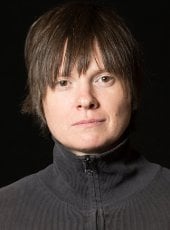
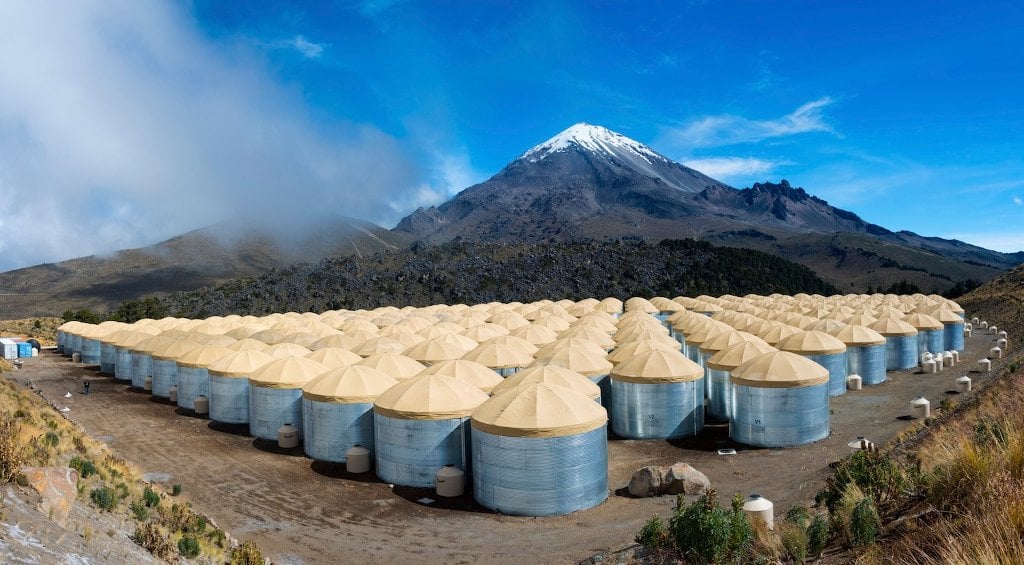
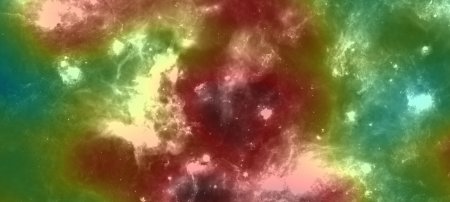
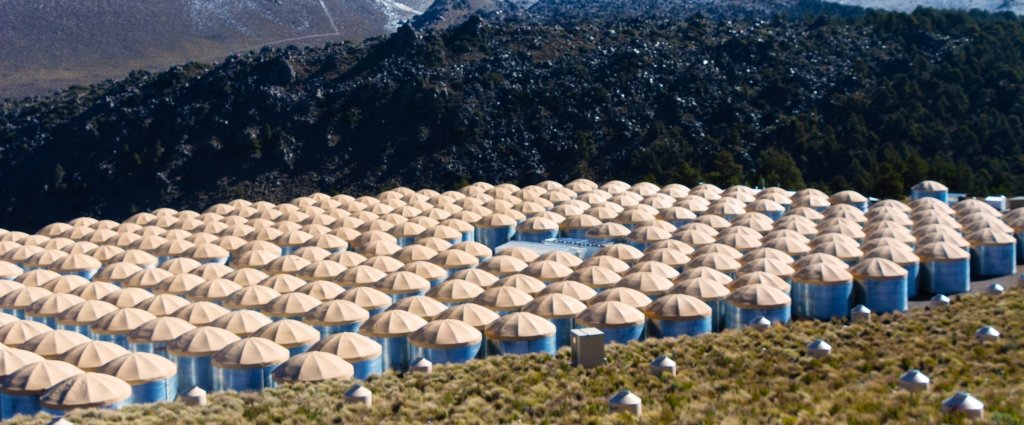
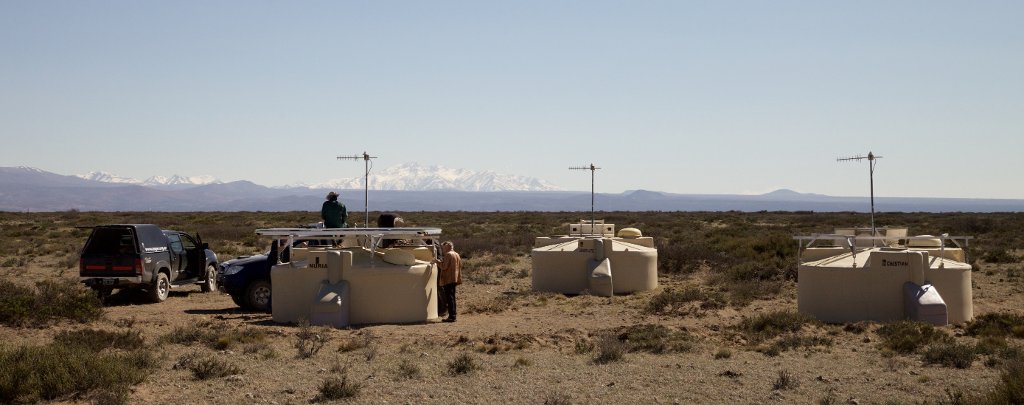
Comments